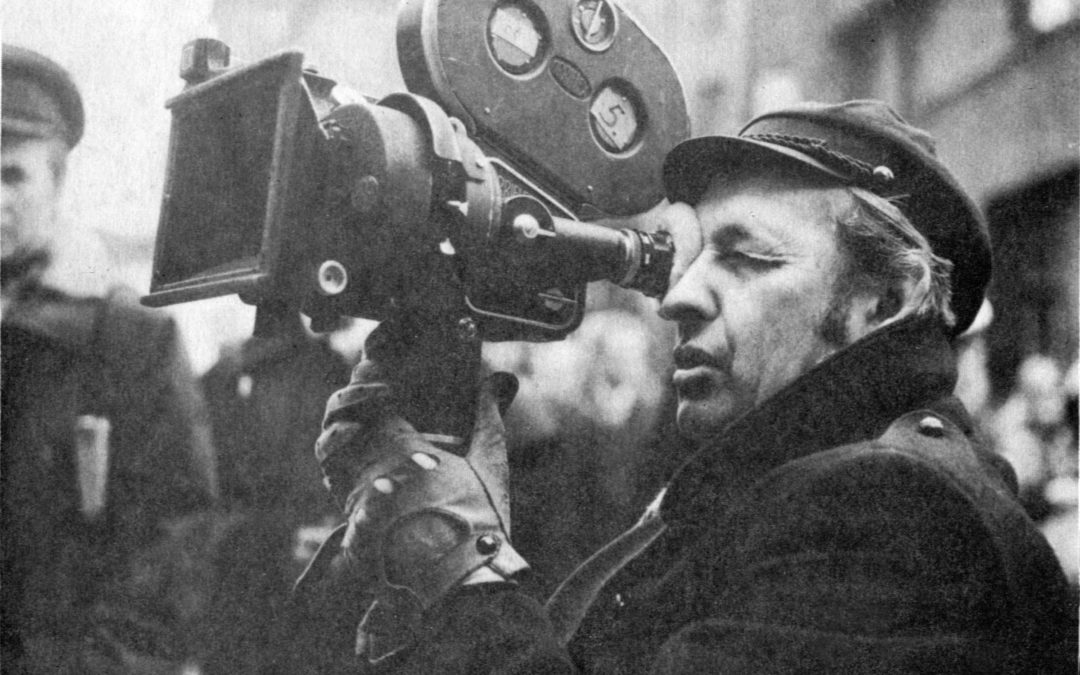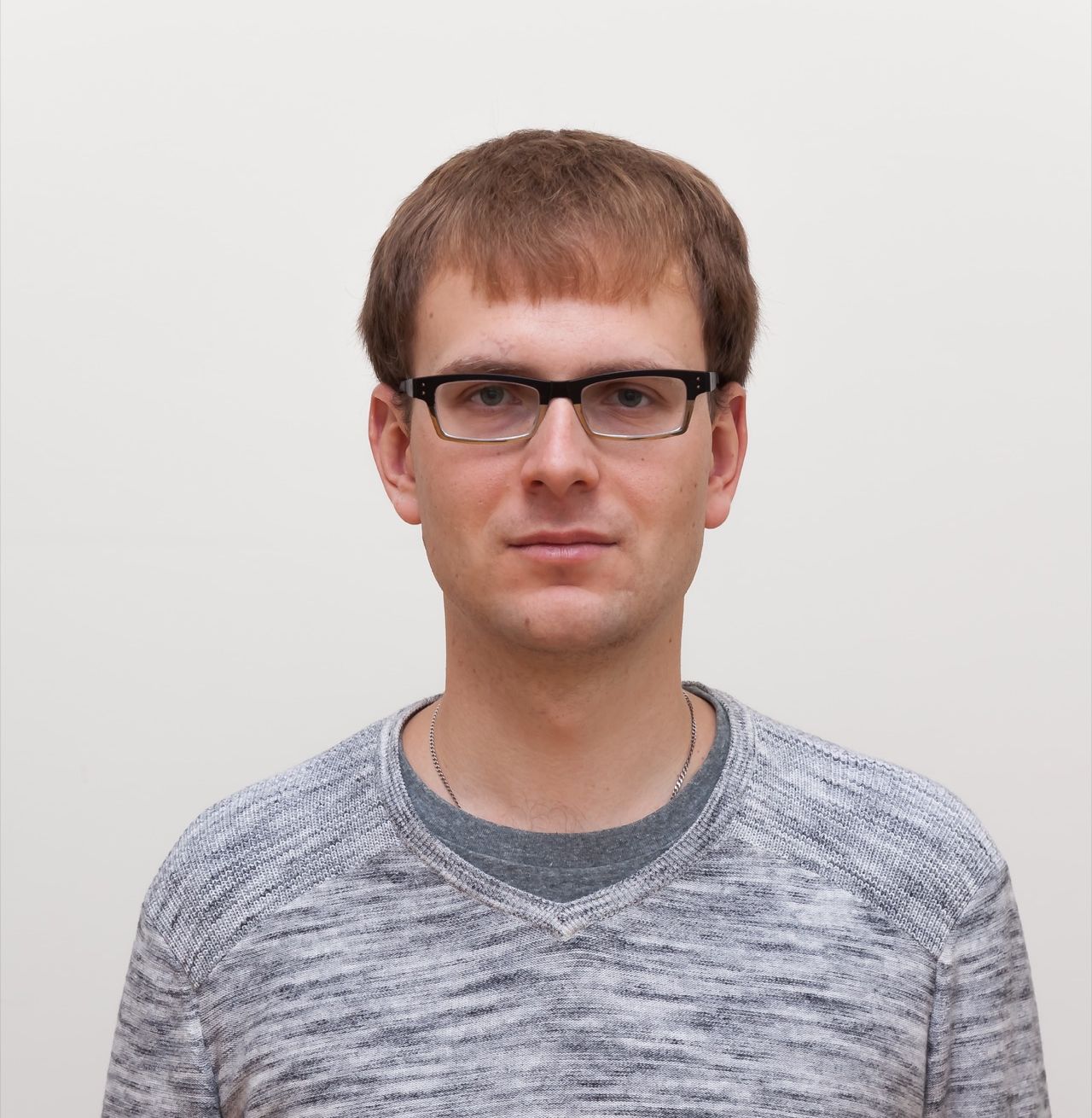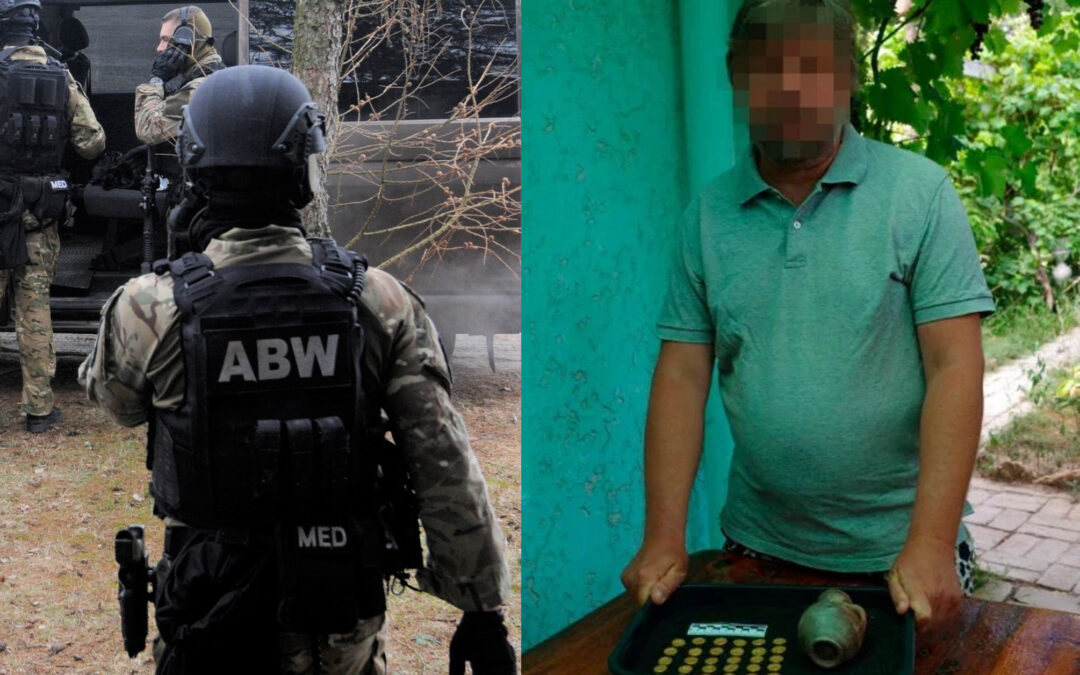By Filip Mazurczak
On Sunday, Jan Komasa’s Corpus Christi will compete for the Academy Award for Best International Feature Film as the twelfth Polish feature nominated in this category (previously known as Best Foreign Language Film).
Although only one has emerged victorious so far, Notes from Poland takes a look at why it is worth seeing (or revisiting) all twelve, some of which are perennial classics, while others have faded from public memory, especially outside their country of origin.
Knife in the Water (Roman Polański, 1963)
Roman Polański’s first feature film propelled Poland’s most recognisable cinematic export to international fame and became the subject of a cover story in Time magazine.
This is a minimalist film in terms of form, especially compared to Polański’s later works shot in the West on bigger budgets. It deals with a couple who take in a male hitchhiker and go sailing in Masuria, Poland’s lake district. The two men begin to compete for the affections of the woman, Krystyna, and things move into the dark regions of the human psyche, as frequently happens in Polański’s work.
This is a three-actor show that could just as well work as a play; Leon Niemczyk as Krystyna’s jealous lover is particularly convincing. Although Polański has become a controversial figure due to recurring accusations of sexual violence, it is difficult to deny his brilliant artistic craft. In 1963, however, he lost the Oscar to a worthy competitor: Italy’s Federico Fellini, who won the statuette for 8 ½.
Pharaoh (Jerzy Kawalerowicz, 1966)
Pharaoh is an adaptation of Bolesław Prus’ novel of the same title. In his memoirs of his travels across the Soviet Union in 1941, recently published in a new English translation, Polish painter and writer Józef Czapski writes that his Russian interlocutors knew this book well, as it was Stalin’s favourite and thus was constantly reprinted in the USSR.
Both Prus’ novel and Kawalerowicz’s film are about the fictional Egyptian pharaoh Ramses XIII, his ascent to power, and the Machiavellian methods he uses (like Stalin centuries later). The scene in which the archpriest Herihor tells the Egyptian common folk that an eclipse of the sun is Osiris’ punishment against their infidelity and uses it to turn them against the pharaoh is considered a classic illustration of how religion can be manipulated for political reasons.
Shot in the Central Asian Soviet republic of Uzbekistan and in Poland’s Błedów Desert, the film’s cinematography, beginning with the symbolic opening shots of beetles fighting over a ball of dung on a cracked desert surface, is thrilling, while its costumes and sets match up to those of the immensely more expensive Hollywood historical epics of the 1950s and 1960s.
The Deluge (Jerzy Hoffman, 1974)
During the period in which Poland was partitioned between Russia, Germany and Austria in the nineteenth century, the country did not exist on a map but lived on in the souls of its people. Novelist Henryk Sienkiewicz’s works consoled the Poles, and more than a century after his death there is hardly a Polish home without worn tomes of his works prominently displayed in the family bookcase.
The Deluge is an adaptation of Sienkiewicz’s novel of the same title. Set during the Swedish invasions that ravaged Poland in the seventeenth century, its protagonist is Andrzej Kmicic, a Polish nobleman who initially sides with the Radziwiłł family, which collaborates with the Swedes, yet changes his loyalties and fights for his country’s freedom.
A swashbuckling epic, it is complete with cavalry charges, damsels in distress, and all other plot elements you would expect from the genre. However, it is likely to prove esoteric to viewers not well-versed in Polish history.
The Promised Land (Andrzej Wajda, 1975)
The Promised Land is an adaptation of Władysław Reymont’s tale of ruthless capitalism in Russian-ruled nineteenth-century Łódź. Unlike Dickens’ novels, The Promised Land shows greedy unfettered industrialisation not from the perspective of the downtrodden working class, but of the capitalists themselves.
Even if one memorable scene in which a worker’s body is bloodily drawn and quartered by a cotton loom has not aged well, the lavish set design by Tadeusz Kosarewicz graphically portrays the stark contrast between the opulent lifestyles of Łódź’s factory owners and the city’s poor majority. The trio of Daniel Olbrychski, Wojciech Pszoniak and Andrzej Seweryn – who play the Pole Karol von Borowiecki, the Jew Moritz Welt and the German Maks Baum – are widely considered among the greatest ensembles in the history of Polish film.
Nights and Days (Jerzy Antczak, 1976)
In 1976, when Poland’s population was shy of 35 million, more than 22 million tickets were sold for showings of Nights and Days in Polish cinemas. It was later shown on television as a similarly successful twelve-part miniseries.
Dubbed “the Polish Gone with the Wind,” Jerzy Antczak’s best-known work is set during the outbreak of World War I in the Greater Poland region. Through a series of flashbacks, Barbara recalls her several lovers from different social backgrounds and the difficulties in raising her children amidst the tumult of nineteenth and early-twentieth century Polish history.
Nights and Days effectively shows the important role class has played throughout the history of Poland, once home to the most sizeable aristocracy in Europe. Other perks include numerous beautiful shots of the Polish countryside, Waldemar Kazanecki’s epic score, and a Silver Bear-winning performance in the lead role by Jadwiga Barańska, the director’s wife.
The Maids of Wilko (Andrzej Wajda, 1979)
Based on a short story by Jarosław Iwaszkiewicz, The Maids of Wilko is a film meditation on Heraclitus’ observation that time is a river that constantly changes reality, yet whose current cannot be stopped.
Like Miles and Jack in Alexander Payne’s Sideways, forty-year-old Wiktor Ruben (once again, Daniel Olbrychski), single and without prospects, is aware of his vanishing youth and is disappointed with his lacklustre professional life. Hoping to rekindle old flames, he travels to a manor where he worked as a tutor to several sisters with whom he had fleeting romances two decades before. However, he finds that the women are now also middle-aged, and have moved on with their own lives. He tries to seduce the youngest sister, Tunia (played by French actress Christine Pascal, whose dialogue was dubbed into Polish), but the generational gap is too wide for them to find common ground.
A sad and lyrical reflection on the inevitable onset of middle age and irretrievable lost opportunities, The Maids of Wilko lost the Oscar to West Germany’s The Tin Drum (based on Gunter Grass’s novel), which coincidentally also co-stars Olbrychski.
Man of Iron (Andrzej Wajda, 1981)
While formally a work of fiction, Man of Iron nearly qualifies as a documentary of the surge for freedom that was the 1980 strike at the Lenin Shipyards in Gdansk. The film features authentic footage of Polish dock workers protesting and praying, while Solidarity leaders Lech Wałęsa and Anna Walentynowicz make appearances.
Although the plot technically involves a journalist sent by the communist regime to look for compromising material involving strike workers, narrative is of secondary importance; Man of Iron is above all a spirit-rousing tribute to the palpable love of freedom that made the Poles a nightmare for foreign powers – the Kremlin especially between 1980 and 1989.
Katyn (Andrzej Wajda, 2007)
Wajda’s most personal work, this film’s title refers to an infamous 1940 massacre in western Russia, where the Soviet NKVD shot 22,000 Polish reserve officers and intelligentsia, then blamed the killing on the Germans. It was only under Gorbachev that the Soviet Union admitted to its culpability.
Wajda’s work, however, is not only about the actual war crime (which is shown only in the last few minutes of screen time), but also about the cover-up of the truth about a horrific event for political purposes, a message that is as relevant as ever today.
In Darkness (Agnieszka Holland, 2011)
The daughter of a Polish Jew and the Gentile who risked her life to save him, Agnieszka Holland has frequently dealt with the Holocaust, including in her opus magnum Europa Europa.
In Darkness is about Leopold Socha (Robert Więckiewicz), a Polish sewer inspector and petty thief who rescues several Jews by hiding them in the waste-filled underground of German-occupied Lwów. Initially, he does so for financial profit, but eventually he experiences a change of heart.
Many films have been made about the Holocaust, and In Darkness’s basic plot structure (the moral transformation of a Christian who aids Jews initially for selfish reasons) recalls Schindler’s List, whose popularity it could not surpass. But the film introduced the world to Więckiewicz, one of Poland’s finest actors who is particularly adept at playing low lives (and is frequently typecast as alcoholic characters), while Holland brilliantly recreates the claustrophobia, physical and moral, of Lwów’s sewers, where Socha’s charges learn that hell truly is other people.
Więckiewicz and Holland recently teamed up again in 1983, Netflix’s first original Polish series.
Ida (Paweł Pawlikowski, 2014)
So far the only Polish film to win an Oscar in this category, Ida’s titular character is a novice raised by nuns who learns on her eighteenth birthday that her parents were Jews who had been killed during the Holocaust by a peasant who had hid them. She meets her sole surviving relative, an unscrupulous Stalinist judge, and is introduced to the less pious life of boys and jazz clubs. Will she choose to be the Catholic nun Anna or the Jewish orphan Ida?
Pawlikowski’s film depicts the identity shock that many of the thousands of Jewish children brought up by Christian families or in orphanages in postwar Poland experienced when learning, often as adults, that their beloved parents were not their biological fathers and mothers. The character of Ida/Anna was inspired by Romuald Jakub Weksler-Waszkinel, a Polish Catholic priest who found out as a middle-aged man that he was born in a ghetto and that his biological parents had perished in Nazi concentration and death camps.
Cold War (Paweł Pawlikowski, 2018)
Who hasn’t experienced love that is made impossible by some external circumstance? Such is the story of singer Zula and pianist and conductor Wiktor, who feel an irresistible infatuation for one another, yet cannot be together because of the post-Yalta division of Europe. Nonetheless, they go to great lengths to be near one another, often with dire consequences, political or otherwise.
While the plot may be a bit too derivative of a certain Shakespeare play that every high schooler is assigned, the film is a moving tribute to Polish music, both high culture and peasant folk song, and has introduced the world to the acting talents of Joanna Kulig, one of Poland’s most gifted thespians.
Corpus Christi (Jan Komasa, 2019)
With a conviction for second-degree murder, Daniel is released from a juvenile detention centre, where he has experienced a profound religious conversion. He wants to be a priest, but no seminary will accept him because of his criminal record. While at a village in Subcarpathia to do community service, he is mistaken for a cleric. The local vicar leaves for a few days and lets the young man run his parish for the time being.
During this time, “Father” Daniel electrifies the congregation with his charisma and unconventional means of preaching the Gospel, all the while trying to bring unity to the local community, broken apart by a tragic car accident (arguably a metaphor for bitterly polarised Polish society, where a civil cold war has been in full force since a plane crash claiming the lives of the president and more than ninety other notables in 2010).
On the one hand, the audience feels sympathy for Daniel and does not question the sincerity of his faith; but his weakness for violence, hard drugs, casual sex, and other vices is evident. Corpus Christi is a fascinating character study on the nature and depth of faith as well as social atomism.
Main image: Andrzej Wajda on the set of The Promised Land, 1974 (under public domain)





















